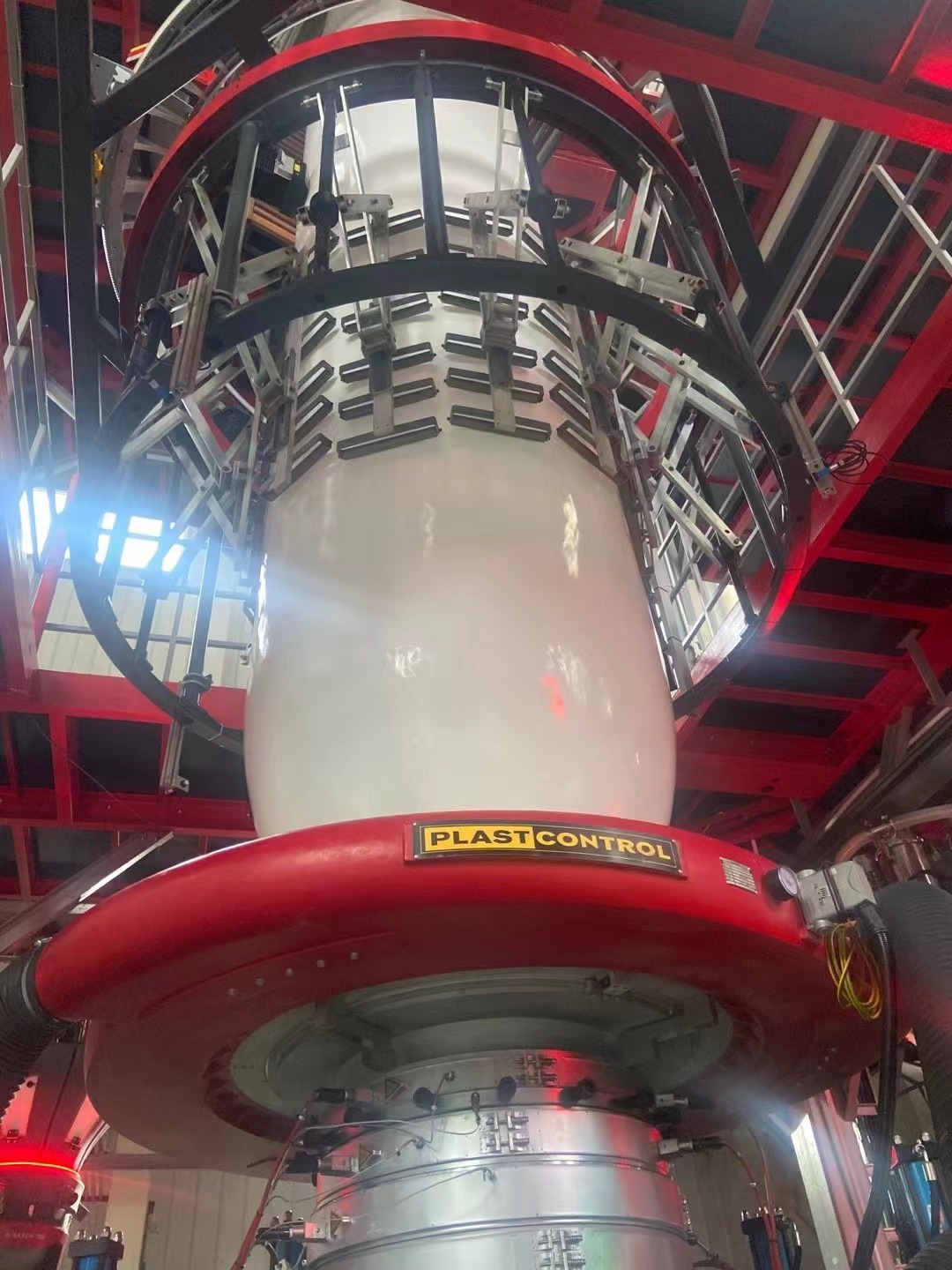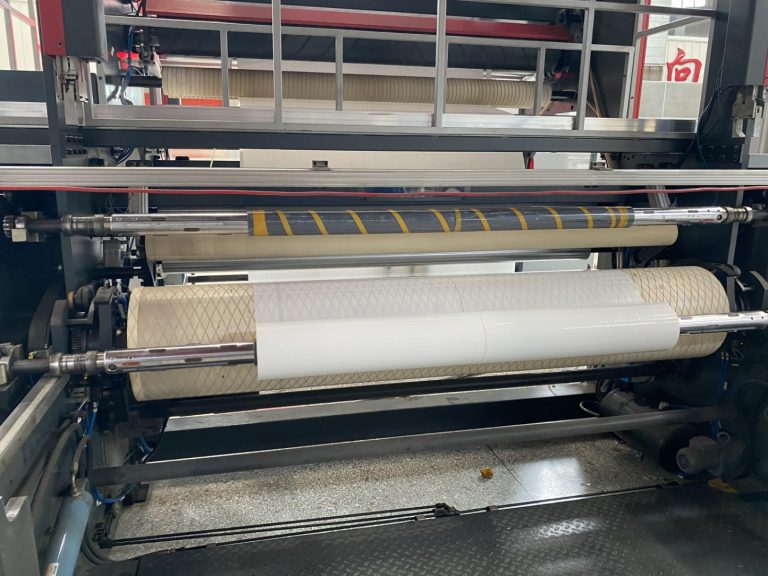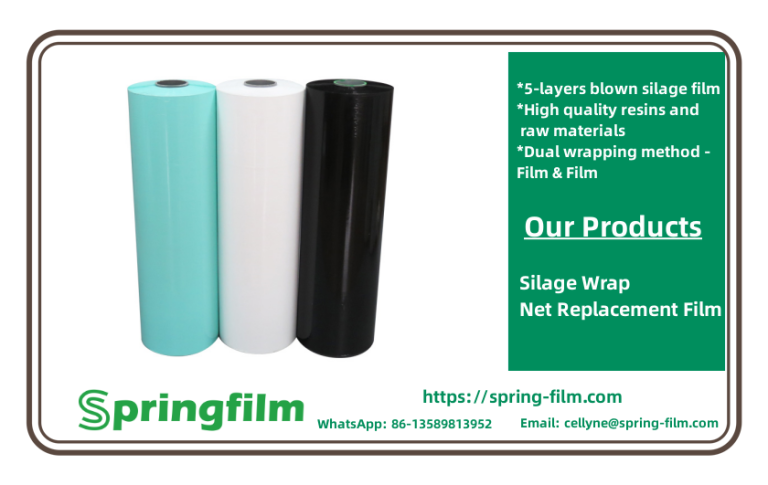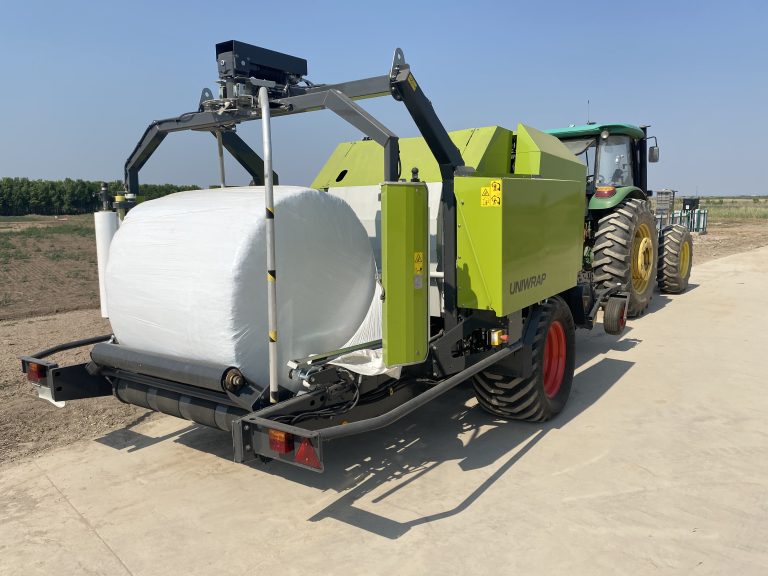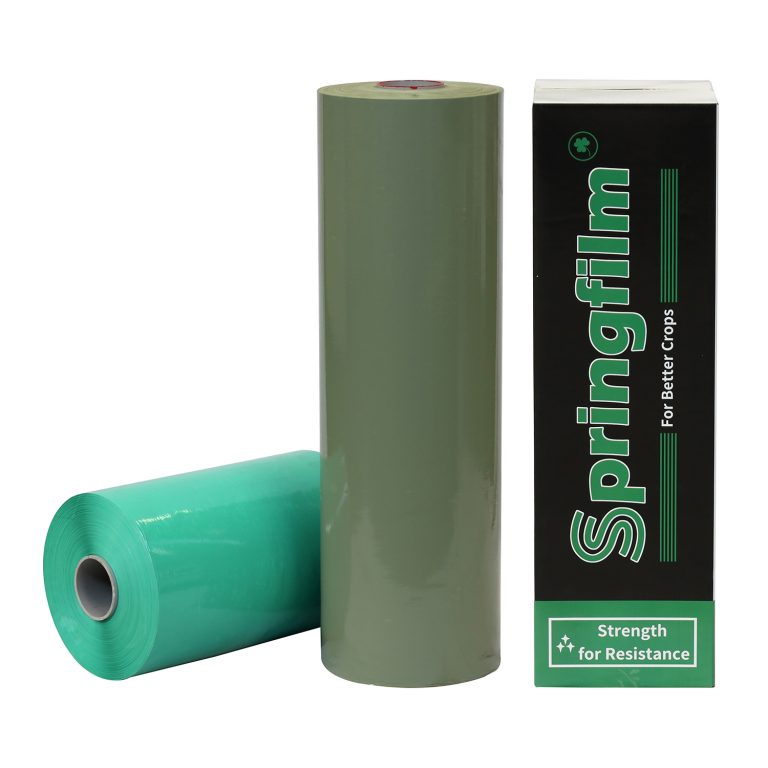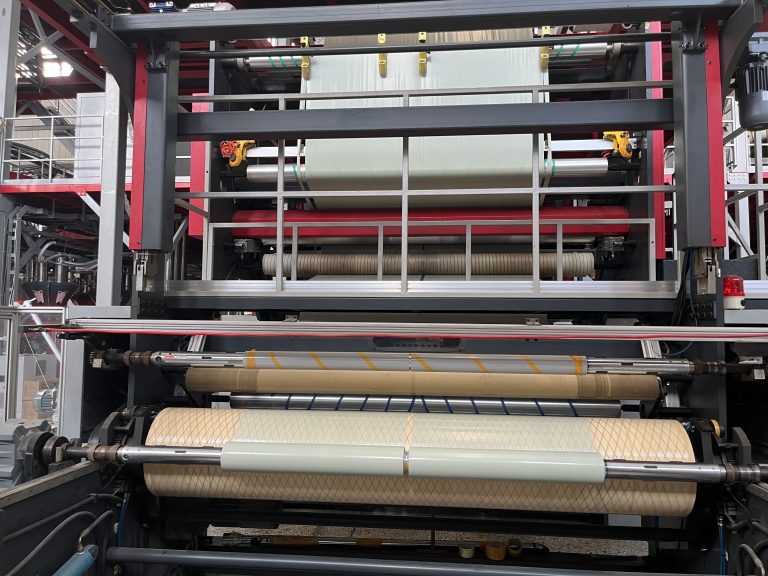The choice between square bales and round bales depends on various factors, and there is no one-size-fits-all answer as to which is “better.” Plastic silage wrap,20 inch Bale Wrap Supplier,Agriculture Bale Silage China Manufacturer. Each type of bale has its advantages and disadvantages, and the decision often comes down to the specific needs and preferences of the farmer or livestock manager. Here are some considerations for both square and round bales:
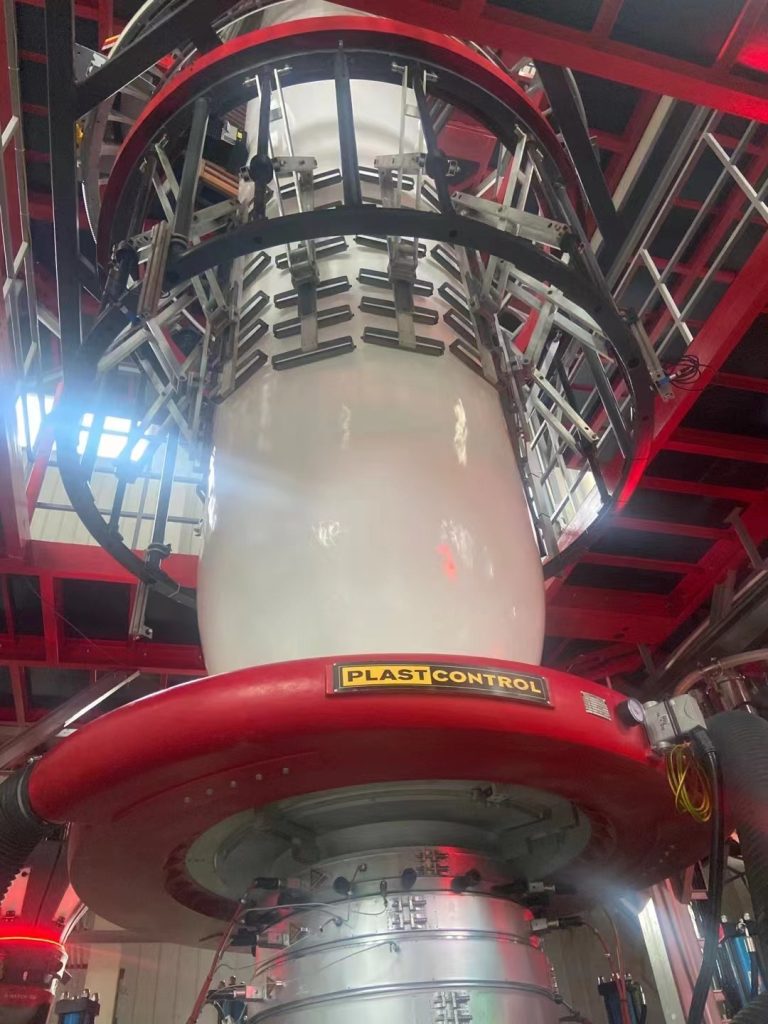
Table of Contents
Square Bales:
Advantages:
- Handling: Square bales are generally easier to handle manually. They are often preferred in situations where equipment for handling large, heavy bales is limited.
- Stacking: Square bales stack neatly and can be arranged in a more space-efficient manner in storage areas, allowing for better use of barn space.
- Portion Control: Square bales allow for easier portion control when feeding livestock. It’s easier to distribute a specific number of flakes to animals without unwrapping an entire bale.
- Less Waste: Because square bales are easier to handle and portion, there may be less waste during feeding.
Disadvantages:
- Labor Intensive: The process of making square bales can be more labor-intensive, especially if baling and stacking are done manually. Plastic silage wrap,20 inch Bale Wrap Supplier,Agriculture Bale Silage China Manufacturer.
- Slower Baling: Square baling processes may be slower compared to round baling systems.
Round Bales:
Advantages:
- Efficiency: Round bales are often produced more efficiently with modern equipment, reducing labor requirements during the baling process.
- Faster Baling: Round baling is typically faster than square baling, making it more suitable for large-scale operations.
- Weather Resistance: The round shape sheds water better than square bales, reducing the risk of spoilage due to exposure to the elements.
- Equipment Compatibility: Handling equipment designed for round bales, such as bale wrappers and feeders, is often more readily available.
Disadvantages:
- Handling Challenges: Round bales can be more challenging to handle manually due to their size and weight. Handling equipment is often required.
- Storage Space: Round bales may not stack as neatly, and they may require more storage space compared to square bales.
- Portion Control: Distributing specific portions of forage from a round bale can be more challenging compared to square bales.
Considerations:
- Scale of Operation: Larger operations may find round bales more efficient, while smaller operations might prefer the manual handling convenience of square bales.
- Equipment Availability: The availability of baling and handling equipment can influence the choice between square and round bales. Plastic silage wrap,20 inch Bale Wrap Supplier,Agriculture Bale Silage China Manufacturer.
- Feeding Method: The method of feeding (e.g., mechanical feeder, manual distribution) can impact the choice of bale shape.
- Storage Facilities: Consider the available storage space and how efficiently each bale type can be stored.
- Livestock Needs: The specific needs and preferences of the livestock being fed can influence the choice.
Ultimately, the “better” option depends on the specific circumstances and priorities of the farmer or livestock manager. Many farms use a combination of both square and round bales based on their needs and the available equipment.

